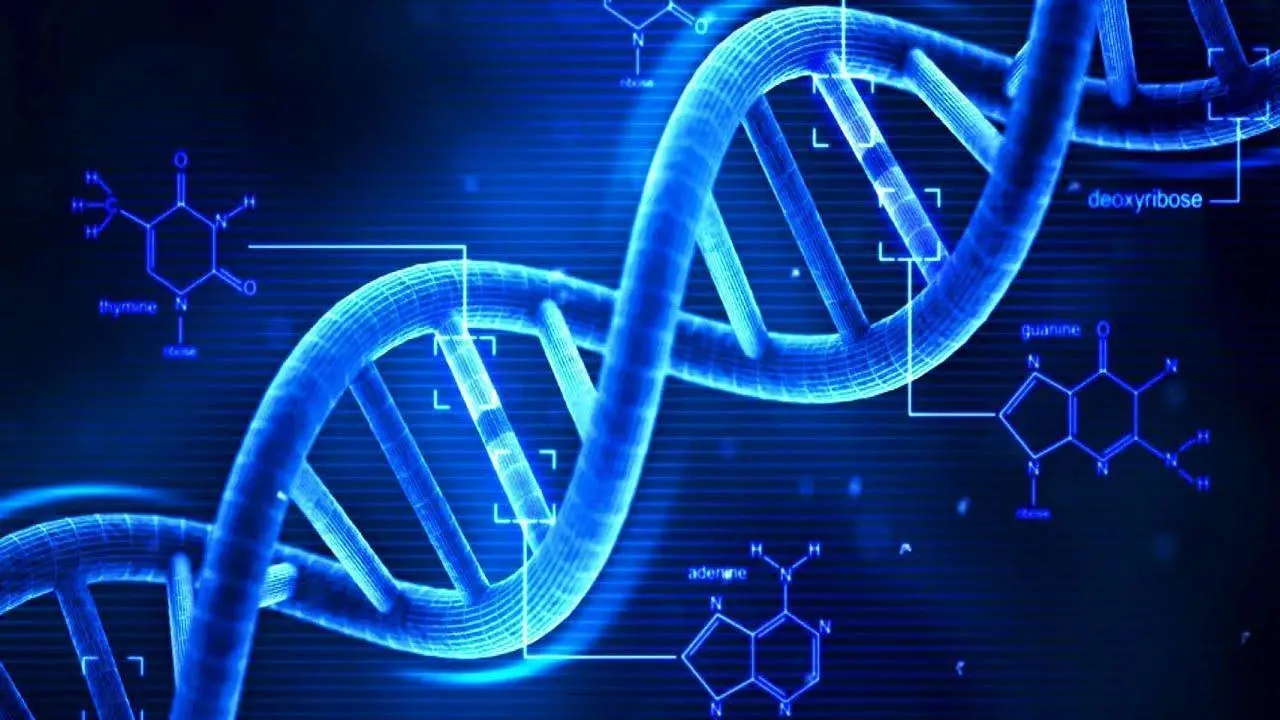Making DNA isn't a new thing for science — we've been able to make the new DNA stands since the 1970s, but it's a slow process. It requires geneticists to build DNA strands one nucleotide at a time. While the process works, it is prone to errors and limits the buildable genes to a couple of hundred letters — a mere fraction of what makes up a standard gene.
Researchers at Harvard University might have just changed the genetics game, with a new method that mimics the way the body creates new strands of DNA. Let's take a closer look at this new technique and what it could mean for the future of genetics.
A Slow Process
Building a DNA strand one nucleotide at a time is a slow, tedious process. Genetic research has focused primarily on a single nucleotide, known as TdT, adding a single base pair at a time. Each base pair took an hour or so to add, making it far too slow to have any practical applications. Creating a functional gene would take weeks of lab work, and there's no guarantee it will be without errors.
TdT is a tricky nucleotide to work with, and the fact that it’s a slow medium has held back advances in the field of DNA manipulation for decades.
Gene Replication
The human body creates DNA by using enzymes that read the strands and form a complementary DNA strand that can bind to the existing strand. This natural process inspired researchers to look at DNA crafting in a new way — or an old one, depending on how you look at it.
The process goes something like this. The researchers start with four pools of separate bases: adenosine, thymine, cytosine and guanine, otherwise better known as simply A, T, C and G. They add a base from one of the pools to the end of the DNA strand. Then, they tether it to the strand, which prevents it from making any additional copies of itself. The leftover TdT is then simply washed away, and the strand is ready for the next base.
This method is infinitely faster than traditional DNA crafting — instead of taking an hour to craft a base pair, each base can attach to the strand in 10 to 20 seconds. It still takes a minute to snip the tether, but with this technique, a full strand of DNA could be assembled in a day, rather than in weeks or months.
This is just a demonstration, though. The process isn't ready to be rolled out for regular use, but the success of this demo is exciting for anyone who is interested in genetics or genetic manipulation. Once it is ready, it could make DNA building much easier and more accessible. What could this mean for the future of genetics?
DNA Data Storage
Currently, we rely heavily on optical storage mediums — they have a limited lifespan and a limited storage capacity. DNA data storage could allow us to store the breadth of human knowledge on a few strands of DNA that can, in theory, last for millennia. Researchers have made small strides in this field, storing and recovering data with no quality loss, but the need for DNA strands dedicated to storage have slowed this field down considerably.
This new DNA crafting technique could make it much easier for archivists to store data. Instead of having to search for compatible DNA strands or use older methods to craft them — which could take years due to the amount of data needing to be stored — they could craft dedicated strands in a few days.
Complex Synthetic Life
When we think of artificial life, most of us think of machines and artificial intelligence, but we might be looking in the wrong direction. Genetic modification of plants, animals and even humans is starting to become more commonplace as a way to correct genetic diseases, but we haven't managed to create our own synthetic organism — yet, at least.
If it proves to be viable, this new system could give us the edge we need to produce humanity's first synthetic organism. Yes, it will be a eukaryotic organism at first — a small, multicellular microscopic organism — but once the technique is perfected, there's no telling where it might go.
This is an exciting time for the world of genetics. If this technique proves viable, it could change the way we look at our DNA, opening doors we never would have been able to reach if we'd continued to sequence our DNA one nucleotide at a time.



Leave your comments
Post comment as a guest